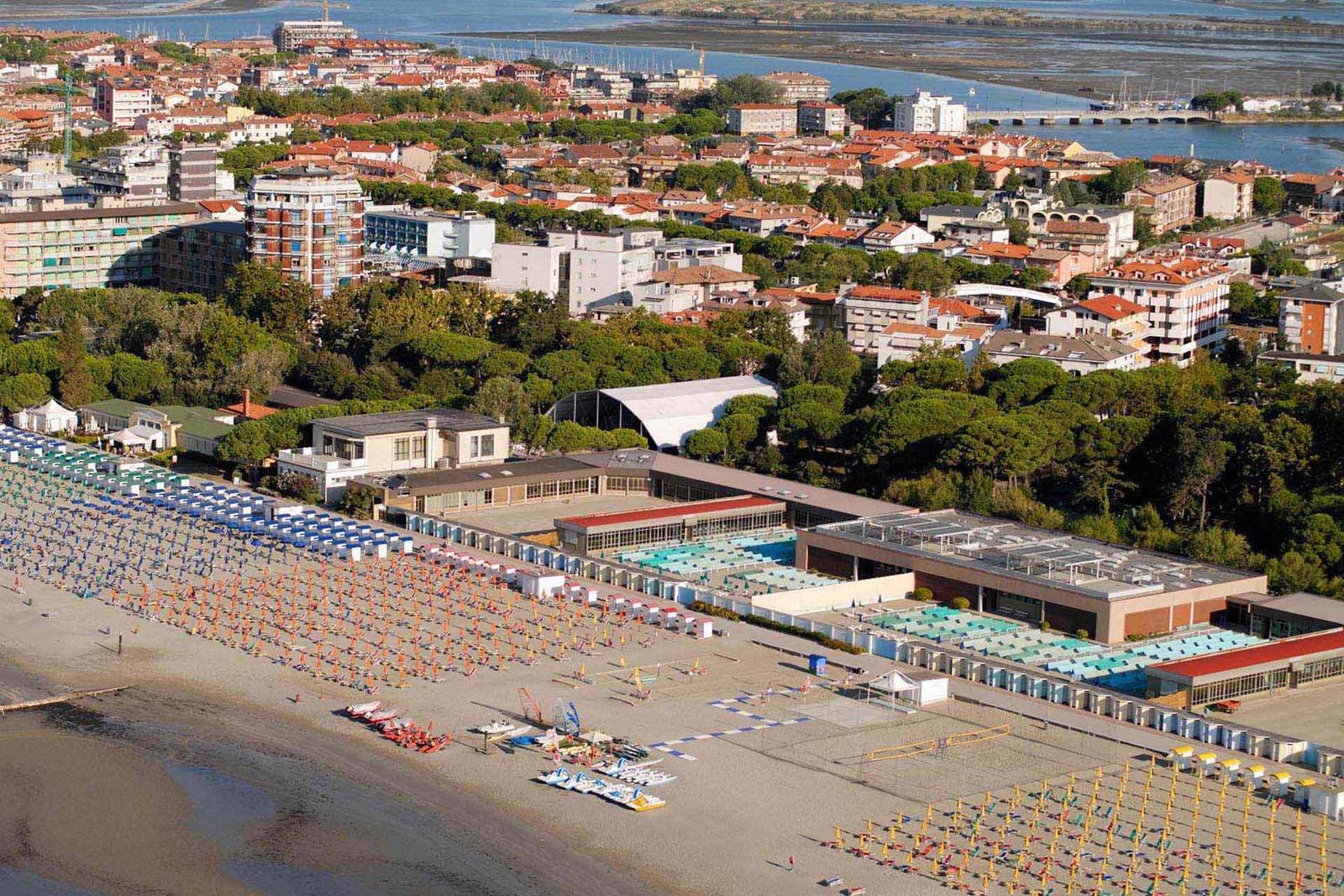History
In Roman times the city, known as ad Aquae Gradatae, was first port for ships entering the Natissa (Natisone), headed upstream to Aquileia.
Quite close is the ancient Roman city of Aquileia; during the late years of the Western Roman Empire many people fled from Aquileia to Grado in order to find a safer place, more protected from the invasions coming from the east. In 452, Nicetas, Bishop of Aquileia, took refuge briefly at Grado; of the same period is the earliest construction of Grado’s first Cathedral, the first church of Santa Maria delle Grazie, and the Baptistery. Grado was the home base of the Patriarchate’s fleet.
In 568, after the invasion of the Lombards, the seat of the Patriarchate of Aquileia was transferred here by the Patriarch Paulinus. After the Schism of the Three Chapters, two different Patriarchs were elected: the Patriarch of Grado exerted its jurisdiction over the Latin-origin people living in the coast and in the Venetian Lagoon, while that of Old-Aquileia, later moved to Cividale, had its jurisdiction on the mainland.


A long lasting dispute over the authority of the two patriarchs ensued: in 993 the patriarch of Aquileia, Popo, conquered Grado, but was unable to keep possession of it. The matter was settled only in 1027 when the Pope declared the supremacy of the seat of Aquileia over Grado and the Venetian province. The seat of the Patriarchate was transferred to Venice in 1451 by Pope Nicholas V. Reduced to a minor hamlet, Grado was sacked by the English in 1810 and by the French in 1812. Grado was acquired by Austria in 1815, to which it belonged until 1918, when it was returned to Italy after its victory in World War I.


Monumenti

Centro Storico

Resti Romani

The lagoon
The lagoon was formed after the fifth century and is divided into a western sector (la palù de soto), more extensive and rich in islands, and an eastern one (la palù de sora), which extends north of the island of Grado. Characteristic of the lagoon is the presence of the casoni, simple thatched houses used in the past by Grado fishermen. The typical boat of the inhabitants of the lagoon is the “batèla”, flat-bottomed and maneuvered with oars. The lagoon is rich in tree species (tamarisks, elms, poplars, junipers and pines), while the fauna has a considerable variety of birds, including seagulls, egrets, gray herons, mallards and sea swallows. Some islands are permanently inhabited: among these, Barbana has hosted a Marian sanctuary for 1500 years.
Agenzia Immobiliare Gradus P.I. 00171130313 – Grado, Italy | Privacy Policy | Cookies
